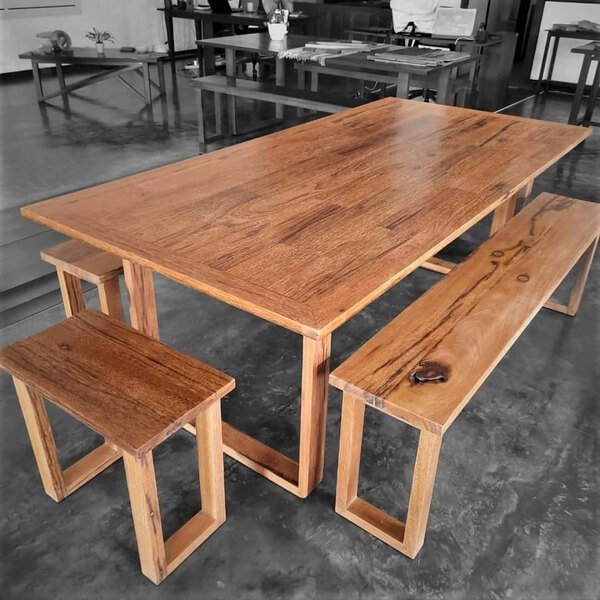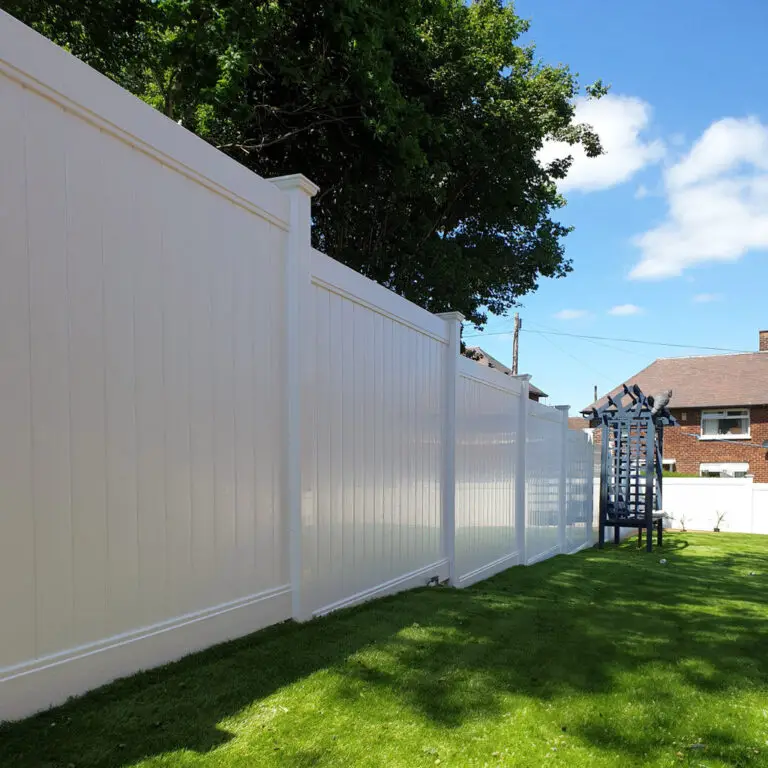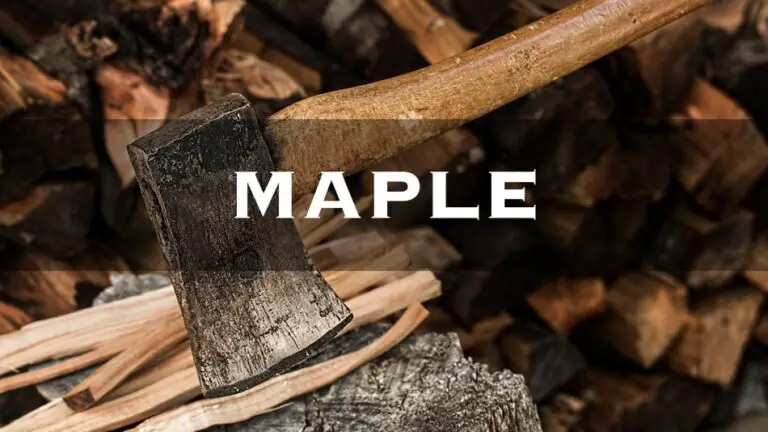What is Rubber Wood : The Ultimate Guide to Sustainable Furniture
When it comes to sustainable and eco-friendly furniture options, rubber wood has been gaining popularity for its unique properties and environmentally friendly characteristics. In this article, we will explore what rubber wood is, its benefits, and why it has become a popular choice in the furniture industry.
What is Rubber Wood?
Rubber wood, also known as parawood, is harvested from the rubber tree (Hevea brasiliensis), which is primarily grown in tropical climates such as Southeast Asia. The rubber tree is most commonly cultivated for latex production, but once the latex-producing cycle ends (typically after 25-30 years), the trees are harvested for their timber. Instead of being discarded, the timber from these mature rubber trees is utilized to create durable and sustainable rubber wood furniture.

Credit: www.kaltimber.com
Characteristics of Rubber Wood
Rubber wood is known for its light color, smooth grain, and minimal shrinkage, making it a versatile option for furniture making. It is easy to work with and takes finishes well, allowing for a variety of furniture styles and designs. Additionally, rubber wood is resistant to fungus, bacteria, and mold, making it a durable choice for long-lasting furniture pieces.
Benefits of Rubber Wood Furniture
There are several reasons why rubber wood furniture has become a popular choice for environmentally conscious consumers and furniture manufacturers:
1. Sustainability:
By utilizing timber from mature rubber trees that have already served their primary purpose in latex production, rubber wood furniture helps reduce waste and promotes sustainable forestry practices. This gives rubber wood an edge over other hardwood options that may not be as environmentally friendly.
2. Affordability:
Rubber wood is a cost-effective option for furniture making, making it an affordable choice for consumers. Its availability and relatively low cost compared to other hardwoods make it an attractive option for budget-conscious furniture buyers.
3. Durability:
Rubber wood is known for its durability, making it a practical choice for furniture that is built to last. Its resistance to common household pests and natural deterioration contributes to its longevity and makes it a reliable option for everyday use.
4. Versatility:
Due to its neutral and light color, rubber wood can be easily stained or finished to achieve various looks and styles, allowing for versatile design options in furniture making.
Why Rubber Wood is a Popular Choice
The growing demand for sustainable and eco-friendly furniture options has contributed to the increased popularity of rubber wood. Consumers are becoming more conscious of the environmental impact of their purchases and are seeking out sustainable alternatives. Rubber wood furniture offers a combination of sustainability, affordability, and durability, making it an attractive choice for environmentally conscious buyers.
Frequently Asked Questions Of What Is Rubber Wood : The Ultimate Guide To Sustainable Furniture
What Is Rubber Wood?
Rubber wood, also known as parawood, is a type of hardwood obtained from the rubber tree.
Is Rubber Wood Durable?
Yes, rubber wood is durable, making it suitable for furniture and woodworking.
How Sustainable Is Rubber Wood?
Rubber wood is highly sustainable as it comes from rubber trees that have served their useful latex-producing life.
Can Rubber Wood Furniture Be Painted?
Yes, rubber wood furniture can be painted or stained to achieve a desired look.
Conclusion
In conclusion, rubber wood is a sustainable, affordable, and durable option for furniture making, making it an increasingly popular choice in the industry. Its eco-friendly properties, combined with its versatility and longevity, have positioned rubber wood as a favorable option for both furniture manufacturers and consumers looking for sustainable furniture choices.



